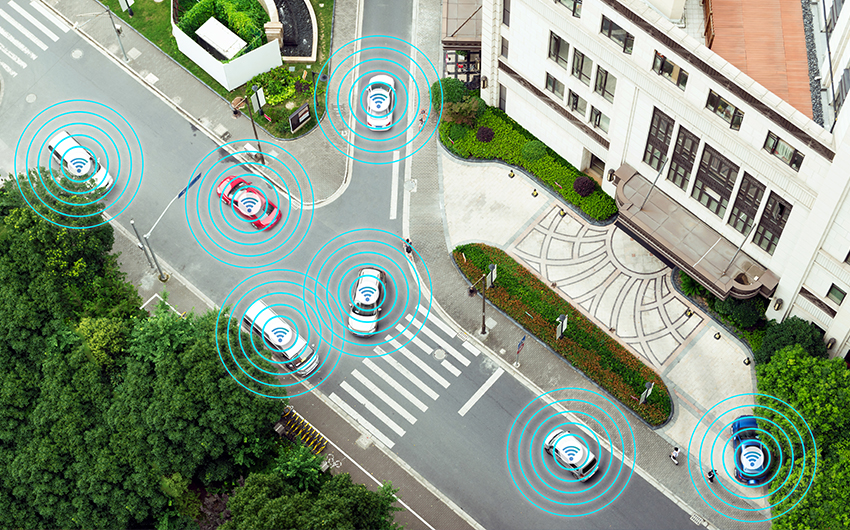Where the companies go, the governments will follow.
- Yet another delay to the EV transition comes as no surprise as the criteria for mass adoption is still far away meaning that the EV targets set by governments across the world will also be pushed back significantly.
- Volvo Cars has pushed back its target to be fully electric indefinitely from its ambitious 2030 that it set some time ago.
- Instead, it is focusing on plug-in hybrids which are more complex to make but they solve the two biggest problems of being fully electric which are range anxiety and charging.
- Volvo was one of the first to make the commitment to go fully electric, but it follows Ford, GM and several others who have also quietly walked back their ambitions.
- Volvo will now aim to make 90% or more of its vehicles either electric or plug-in hybrid by 2030 but has stated that demand for its premium EVs is still growing.
- This is in contrast to market numbers which seem to indicate that demand for EV’s is in decline in 2024 and that market penetration will remain roughly flat compared to where it was in 2023.
- The problem with EVs is very simple in that they were over-hyped back in 2021 with proponents promising an experience that has yet to be delivered.
- RFM’s criteria for EVs to take off remain as follows:
- First, price: where the equivalent EV compared to its petrol version at the same trim level must have broadly the same price.
- This will be difficult to achieve given that a battery is much more expensive than a fuel tank, but the many fewer moving parts than an EV should help.
- The price of energy also needs to be equivalent as in Europe particularly the cost of electricity has risen markedly since 2021 while the cost of gasoline has fallen.
- This has also diminished the appeal of EVs to the mass market.
- Second, charging: which needs to be no less convenient than going to the petrol station and filling up the tank in a few minutes.
- This will be a really tough nut to crack but I think it could be largely mitigated by charging overnight at home, although there needs to be good solutions for those that live in apartment blocks.
- Third, truly green: RFM research indicates that EVs cause pollution and in some cases, they cause more.
- Only a fraction of the world’s electricity is generated by methods that do not involve the production of carbon dioxide.
- This means that an EV that uses electricity generated by burning gas, coal or oil is causing pollution with the only difference being that it is not doing so directly.
- Furthermore, because EVs are meaningfully heavier than their petrol equivalents, they cause more rubber pollution and wear out their tyres more quickly than petrol cars do.
- If these criteria can be met or just gotten close to, then I think that EV’s become a no brainer for the mass market.
- This is because their total cost of ownership will become far less than a petrol variant (RFM estimates $5,000 per year) making the EV proposition compelling for almost all users.
- However, this is going to take time to achieve and while the companies are finally admitting to reality, governments have yet to do so.
- The net result is the outlook for EVs remains difficult in the short-term but once the problems with EVs are solved, then there is a strong case for them to become the majority of the market over time.
- However, this is going to take a while, and I think that we will see many more targets rolled back by both EV makers and governments will eventually join in.
- Against this backdrop, the shakeout is far from over and there is more blood to be let meaning that I would stay away for now.










Blog Comments
Jarno Pelkonen
September 5, 2024 at 1:08 pm
The EV penetration is slowed down by charging infrastructure deployment and the energy systems’ renewable energy transition.
Once customers can charge their EVs at home, the convenience factor turns up-side down; having to go to a gas station to fill a tank becomes an annoyance compared to easiness of simply plugging the cable in at home. But building the charing infra is an major undertaking especially in the cities: It requires upgrades of cities electricity networks, building charging infra on the streets and private car parks. All this will take time, money and most importantly incentives. Especially in advanced economies the governments should focus on incentivizing the buildout of the charing infra instead of subsidizing EV cars. There is a clear chicken-egg problem there (why build charger without EV cars? Why by EV without chargers?) plus plenty of vested interest to hang on the the past without future.
German car makers are already paying the price for their strategy to follow their scenario Excels forecasting a smooth transition. They chose not to join the EV bandwagon early enough to develop a competitive offering and let Tesla to grab a major market share and mindshare. As if Nokia did not provide them with a recent enough example to what happens to product industry leaders who choose to be laggards in modern-era global competition.
From environmental perspective EVs make sense only when the renewable energy production starts tuo build up. But wind+solar are already the most competitive energy generation methods and wind+solar production is rapidly increasing in both developed and leading developing economies. EVs are a perfect product to take advantage of the larger price variation the renewable buildout will inevitably bring.
The future is here. There is now going back.